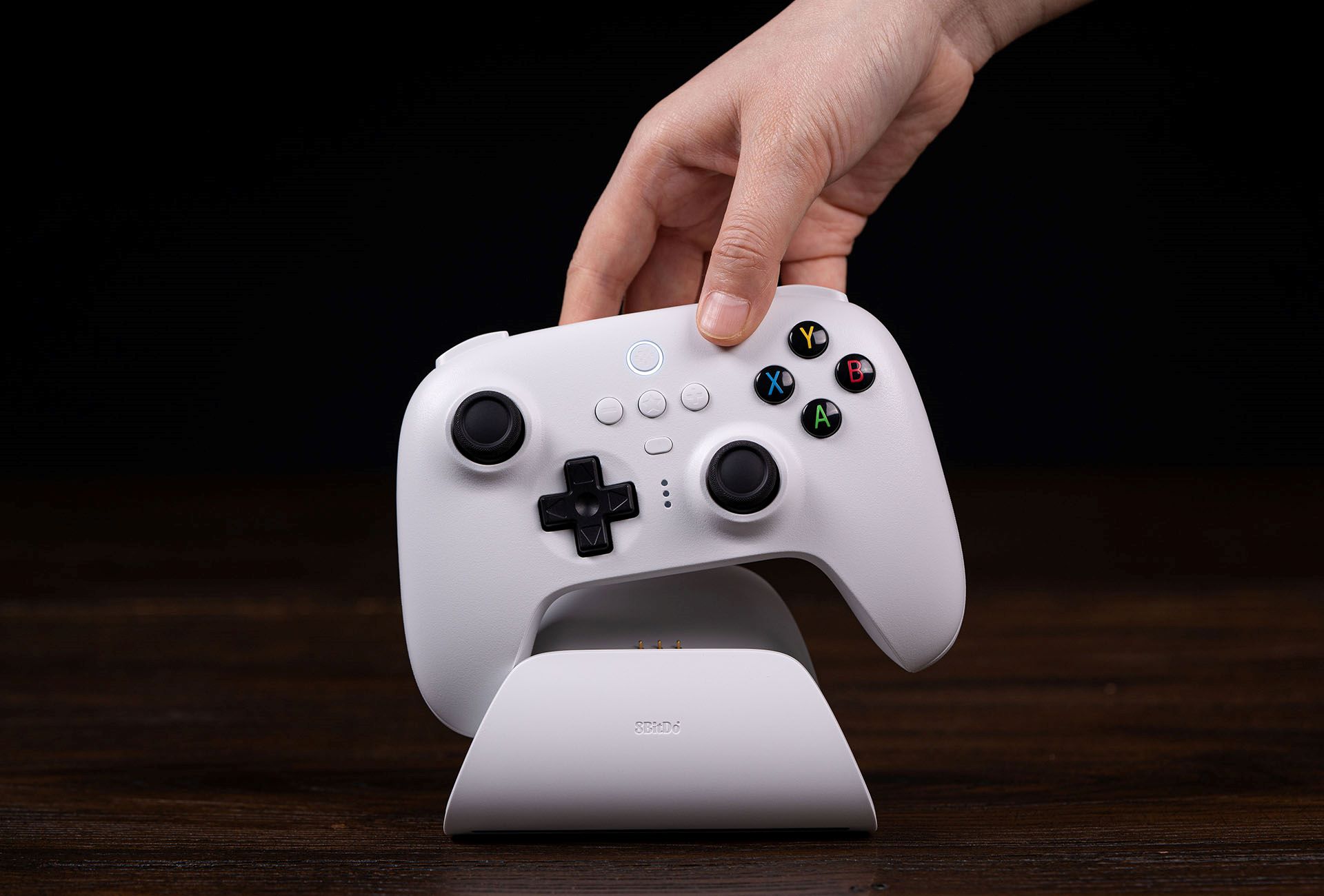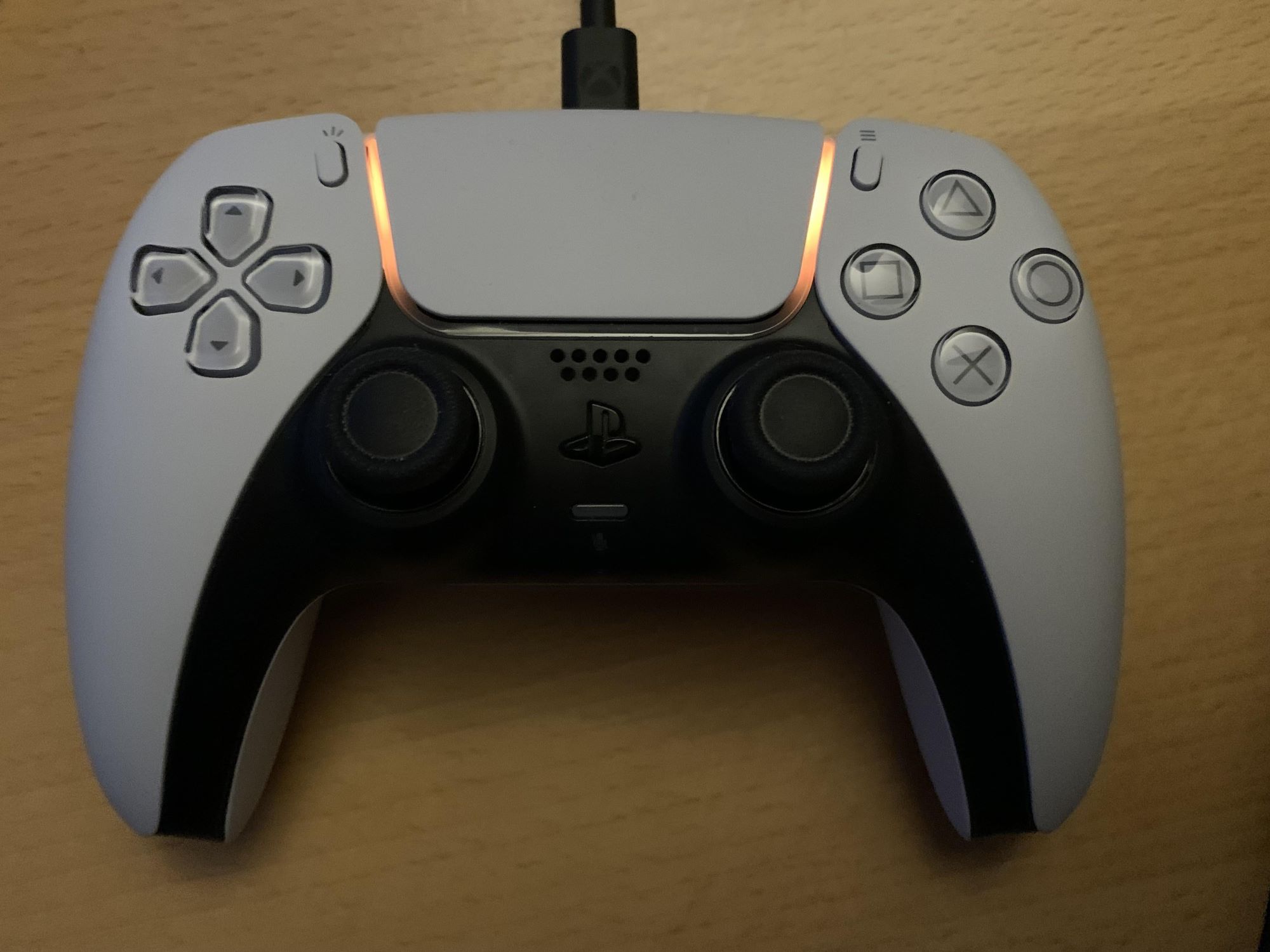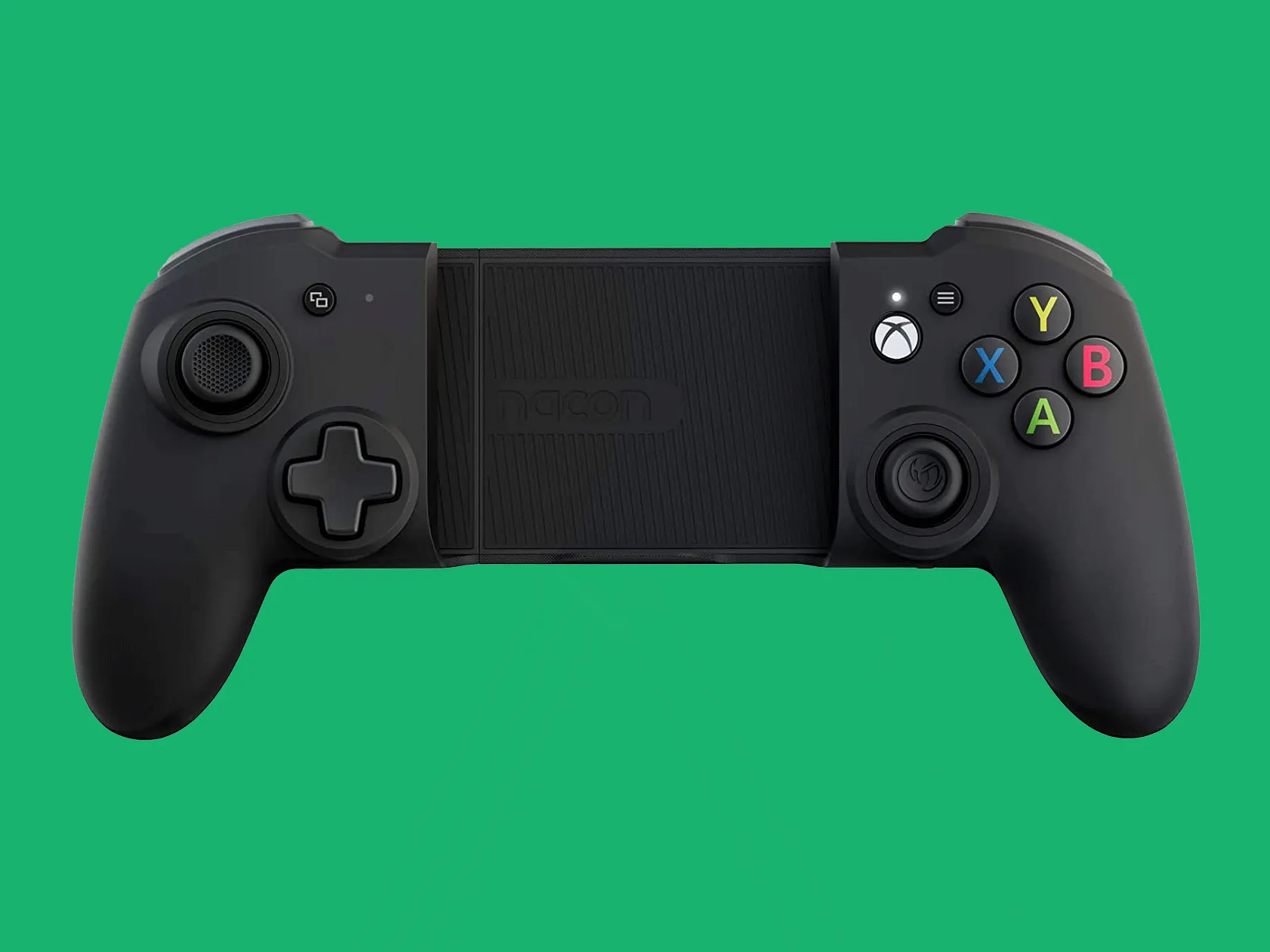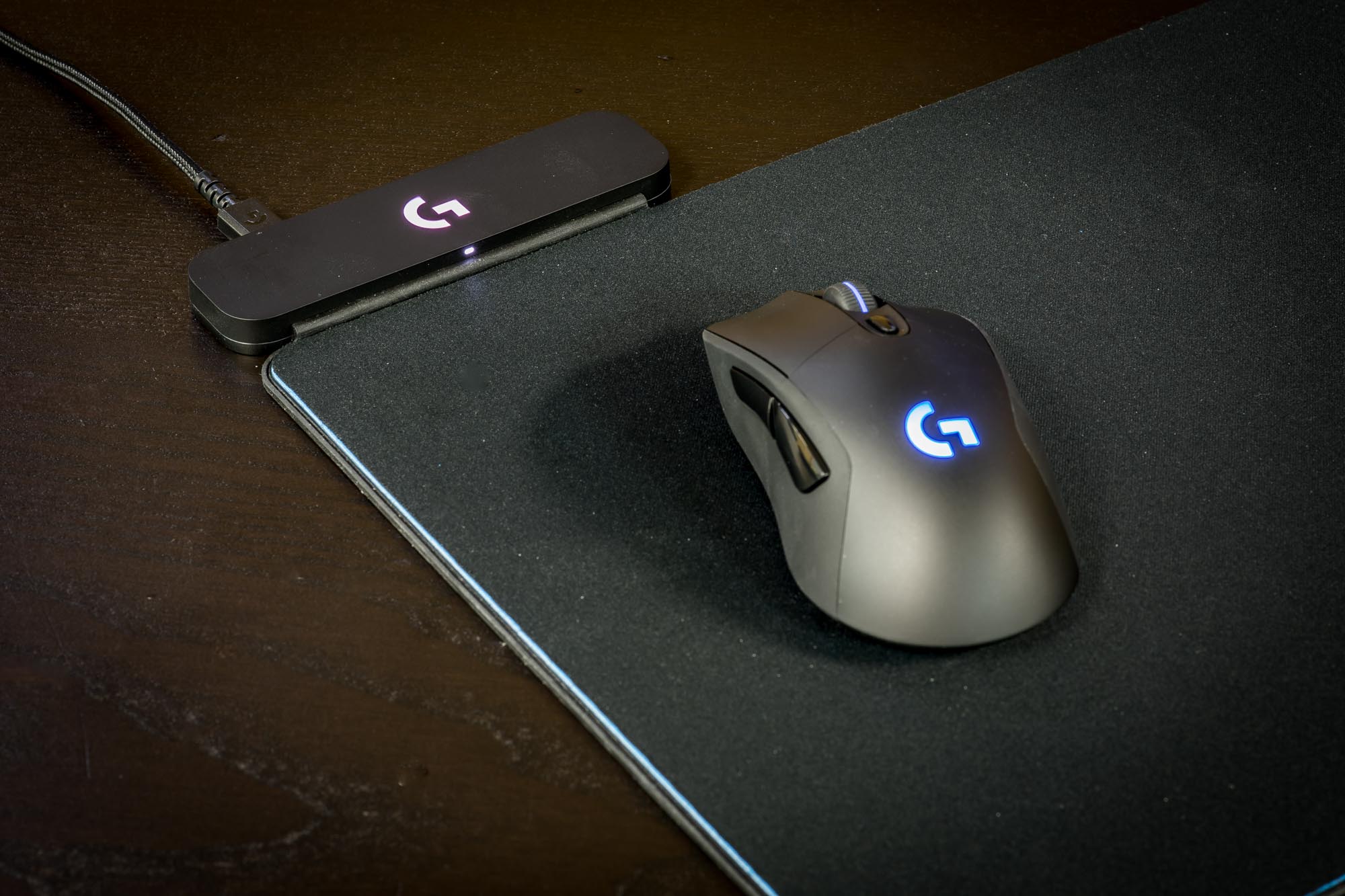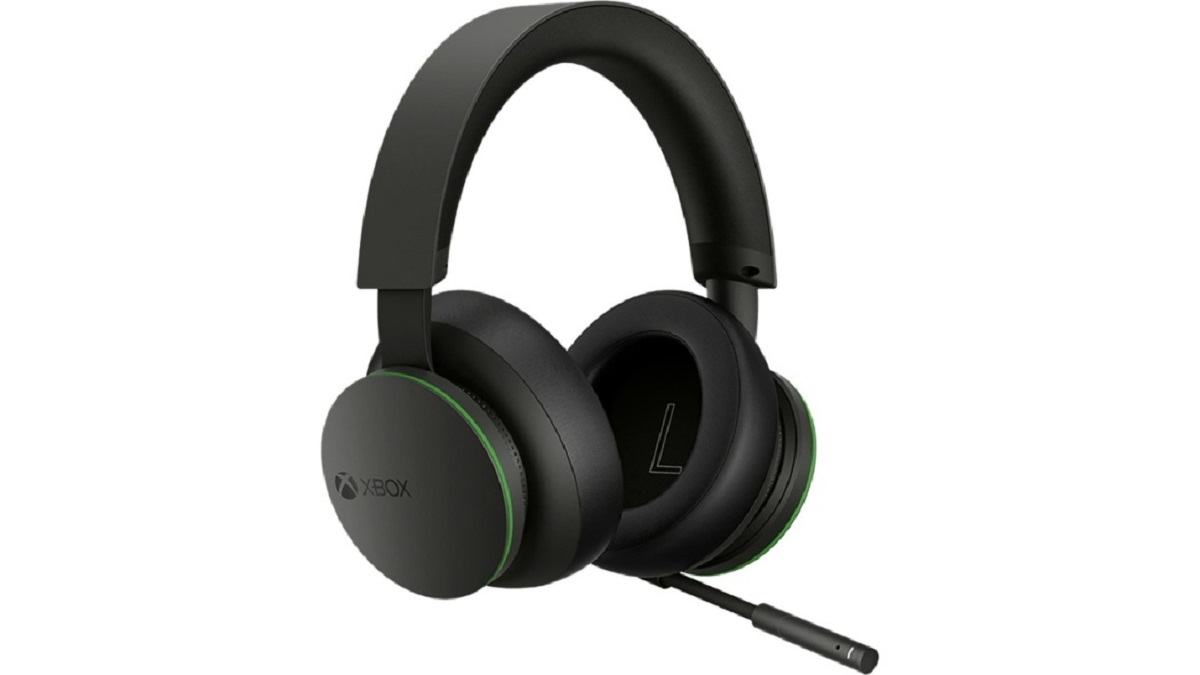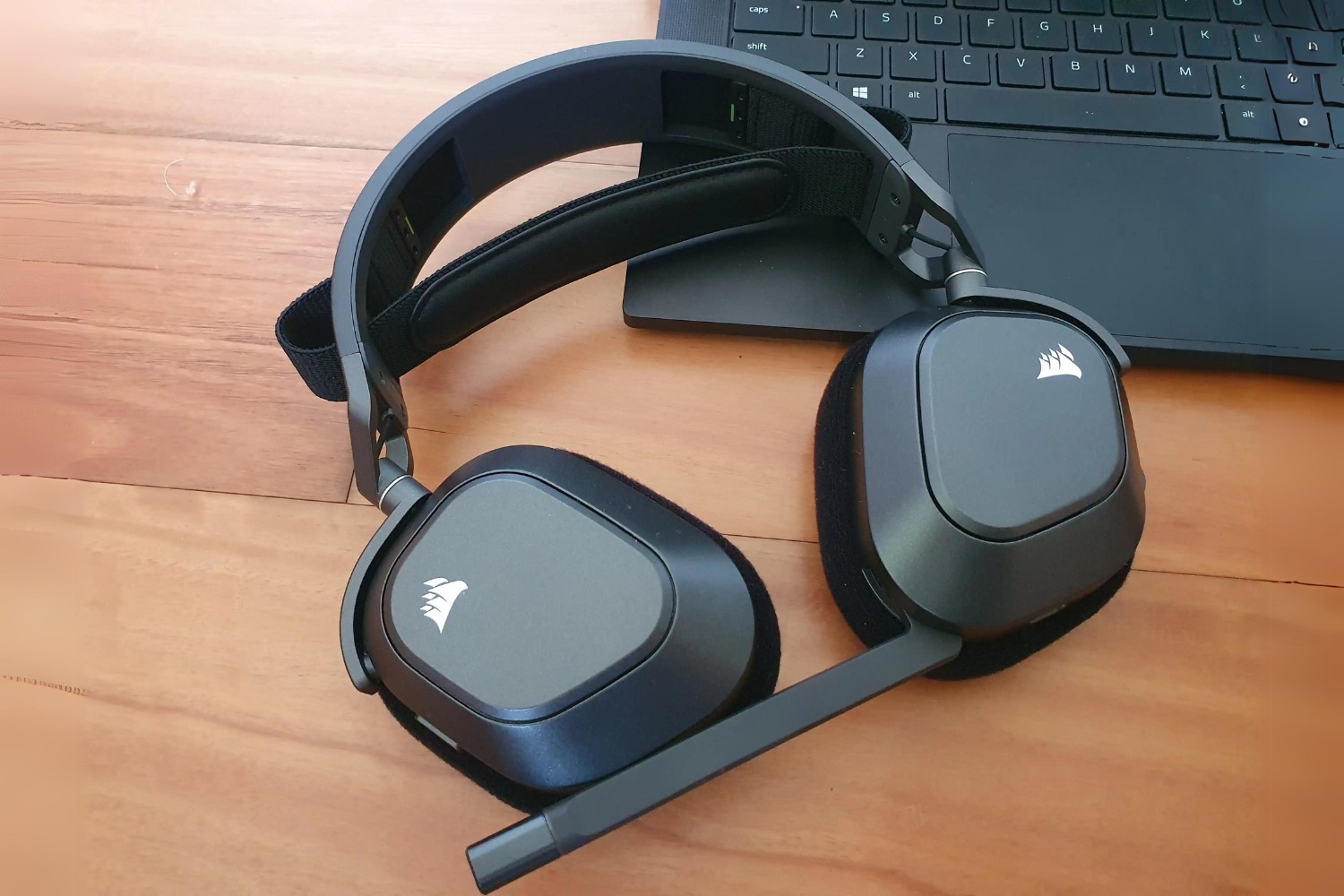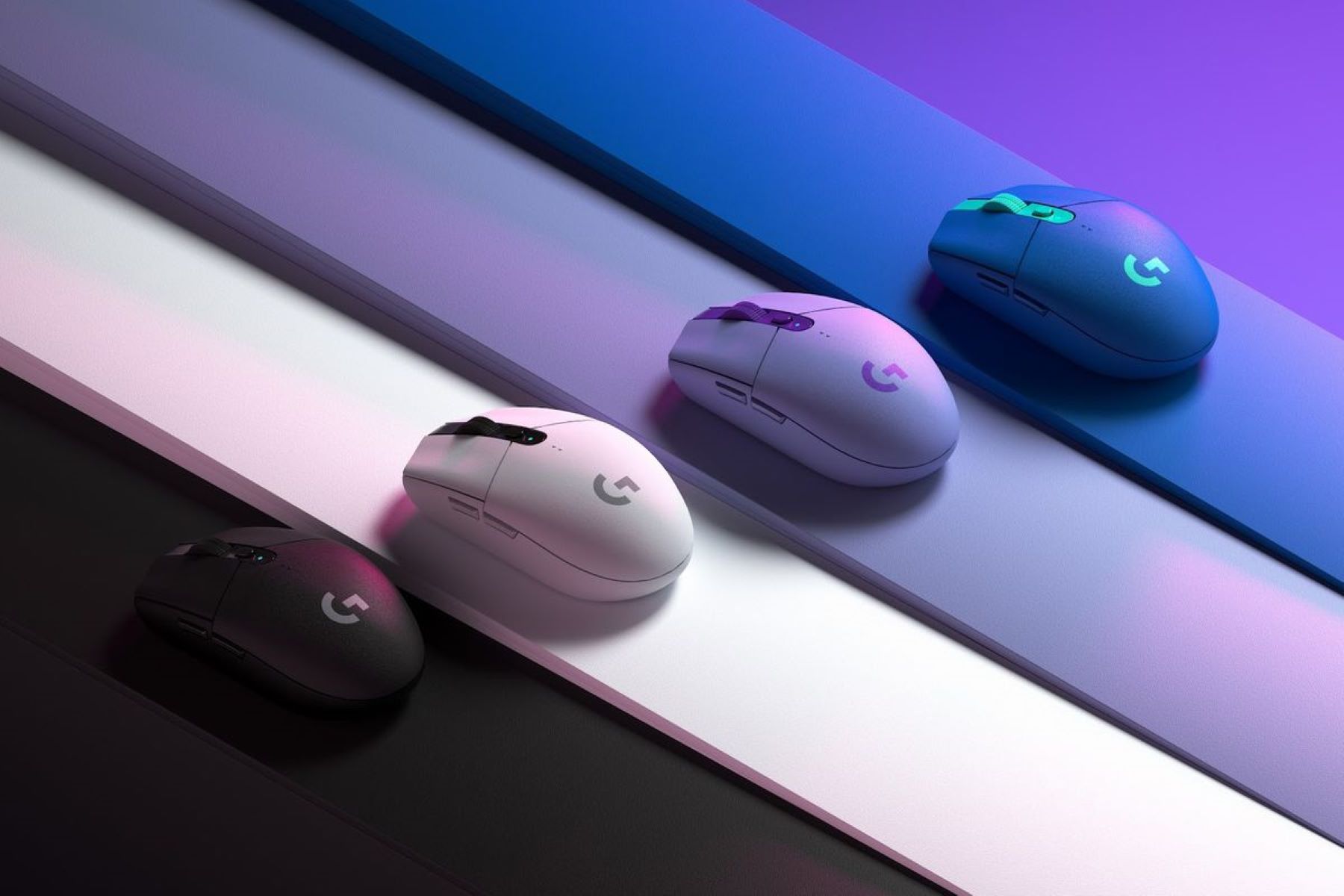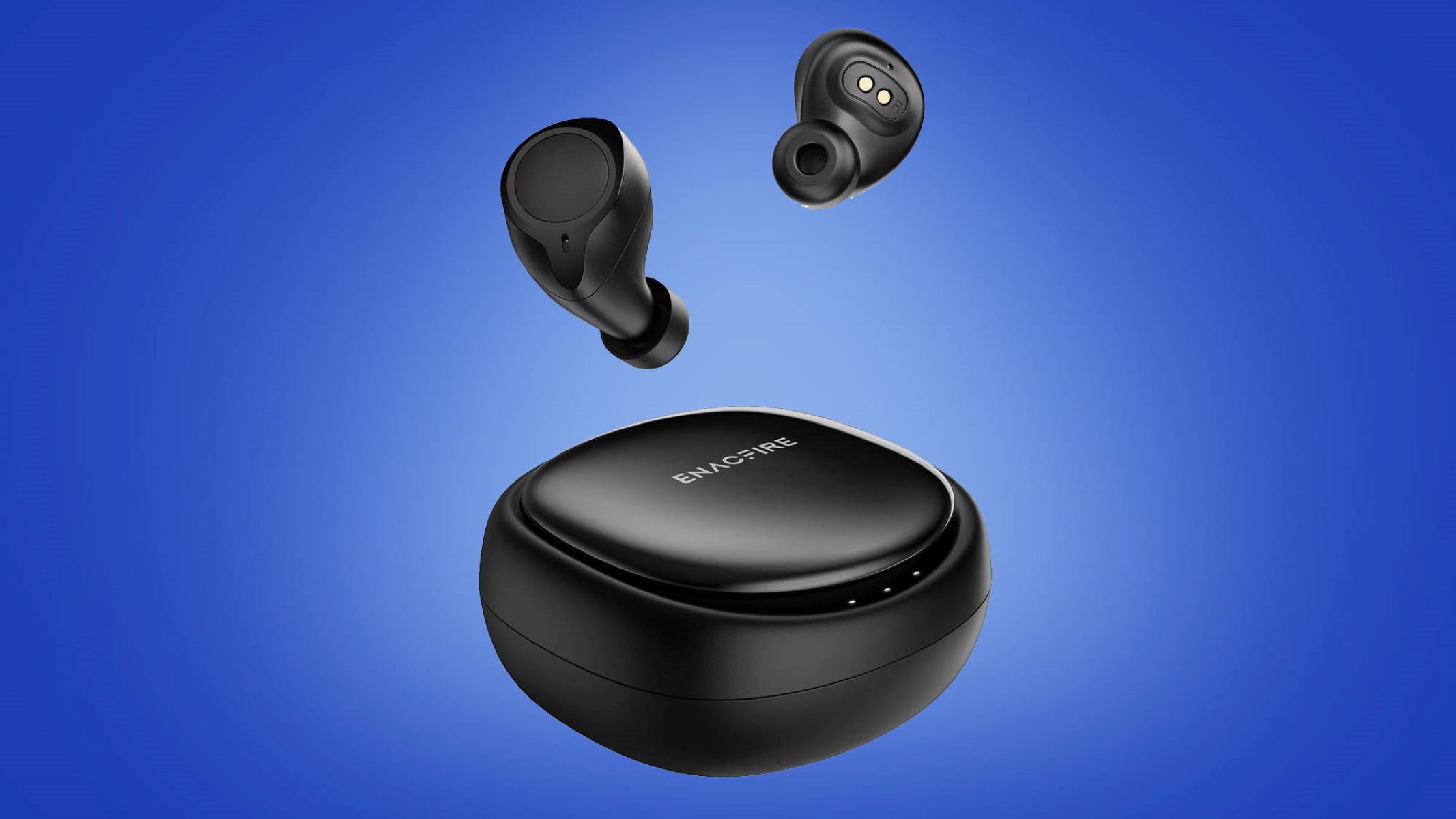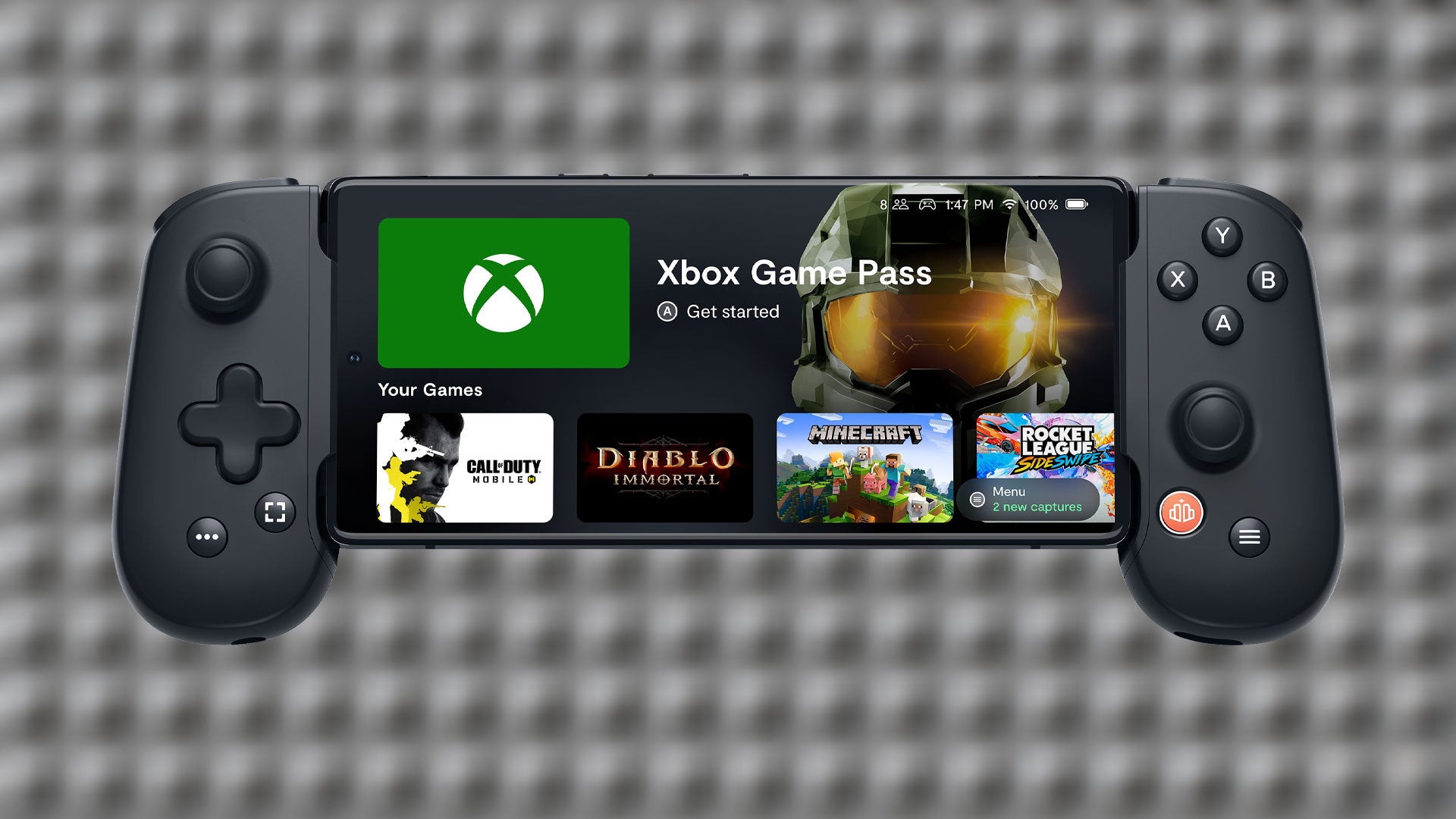Introduction
Understanding How to Charge a Wireless Game Controller
Charging a wireless game controller is an essential aspect of modern gaming. With the evolution of gaming technology, wireless controllers have become the norm, offering convenience and freedom of movement to gamers. However, understanding how to effectively charge these controllers is crucial for uninterrupted gameplay. In this article, we will explore the various methods of charging wireless game controllers, providing valuable insights for both novice and experienced gamers.
Whether you are using a PlayStation, Xbox, or any other gaming console, the principles of charging wireless controllers remain consistent. By delving into the intricacies of the battery, USB cable charging, and wireless charging methods, we will equip you with the knowledge to ensure that your gaming experience remains uninterrupted.
As the gaming industry continues to innovate, the demand for wireless controllers has surged. These controllers rely on rechargeable batteries, eliminating the need for disposable batteries and reducing environmental impact. Understanding the nuances of charging these controllers is essential for optimizing their performance and longevity. Let's embark on this enlightening journey to uncover the best practices for charging wireless game controllers.
Understanding the Battery
Before delving into the charging methods, it is imperative to comprehend the battery that powers wireless game controllers. Most modern wireless controllers are equipped with lithium-ion batteries, renowned for their high energy density and rechargeable nature. These batteries offer a balance between capacity, voltage, and lifespan, making them ideal for gaming peripherals.
Understanding the battery’s capacity is crucial for optimizing the gaming experience. The capacity is measured in milliampere-hours (mAh) and determines how long the controller can operate on a single charge. Higher capacity batteries can sustain prolonged gaming sessions, while lower capacity ones may require more frequent charging.
Moreover, it is essential to consider the voltage of the battery. Most wireless game controllers operate on a standard voltage, ensuring compatibility with the gaming console and consistent performance. The voltage directly impacts the controller’s functionality, and it is vital to use the appropriate charging method to maintain the voltage within the recommended range.
Additionally, the lifespan of lithium-ion batteries is influenced by charging cycles. Over time, these batteries undergo degradation, leading to a gradual decrease in capacity. To prolong the battery’s lifespan, it is advisable to avoid overcharging or completely discharging the controller frequently. Implementing proper charging practices can significantly extend the battery’s longevity, enhancing the overall gaming experience.
By comprehending the intricacies of the battery, gamers can make informed decisions regarding charging methods and battery maintenance. The next sections will delve into the practical aspects of charging wireless game controllers, empowering gamers to optimize their gaming sessions while preserving the longevity of their controllers.
Using a USB Cable
Charging a wireless game controller via a USB cable is a widely adopted and convenient method. Most gaming consoles are equipped with USB ports, allowing gamers to effortlessly charge their controllers without the need for additional accessories. The process is straightforward and offers a reliable way to ensure uninterrupted gameplay.
When using a USB cable to charge a wireless game controller, it is essential to use the provided cable or a compatible one. The USB cable serves as a conduit for transferring power from the gaming console to the controller’s battery. It is imperative to use high-quality cables to facilitate efficient power transmission and minimize the risk of damage to the controller’s charging port.
Upon connecting the USB cable to the controller and the console, the charging process initiates, typically indicated by a visual cue on the controller or the console. Some controllers feature LED indicators that illuminate during charging, providing a clear indication of the charging status. Additionally, the console may display on-screen notifications or indicators to signify that the controller is charging.
It is important to note that the charging speed may vary depending on the power output of the USB port. While standard USB 2.0 ports can effectively charge wireless controllers, newer consoles may feature USB 3.0 or USB-C ports, offering faster charging capabilities. Understanding the power output of the USB port can aid in optimizing the charging process and minimizing the time required to attain a full charge.
Furthermore, it is advisable to avoid using the controller while it is charging via a USB cable, as this may lead to strain on the cable or the charging port. Allowing the controller to charge undisturbed can prevent potential damage and ensure a seamless charging experience.
By leveraging the simplicity and convenience of USB cable charging, gamers can maintain the uninterrupted functionality of their wireless controllers, ensuring that they are always ready for immersive gaming experiences.
Wireless Charging
Wireless charging has revolutionized the way electronic devices, including wireless game controllers, are powered. This innovative method eliminates the hassle of dealing with cables, offering a seamless and efficient charging experience for gamers. While wireless charging was once a novelty, it has now become a standard feature in modern gaming peripherals, providing unparalleled convenience.
Wireless game controllers that support wireless charging are typically accompanied by a charging dock or pad. These charging accessories utilize induction technology to transfer power to the controller’s battery without the need for physical connectors. The controller is simply placed on the charging pad, and the charging process commences automatically, simplifying the entire charging procedure.
One of the key advantages of wireless charging is the elimination of cable clutter. Gamers can maintain a tidy gaming setup without the inconvenience of managing multiple cables for charging their controllers. Additionally, the seamless nature of wireless charging allows for quick and effortless charging between gaming sessions, ensuring that the controller is always ready for use.
Furthermore, wireless charging pads often feature LED indicators to signify the charging status, providing a visual cue to indicate when the controller is charging and when it has reached a full charge. This intuitive feature enhances the user experience, allowing gamers to monitor the charging progress at a glance.
It is important to note that the efficiency of wireless charging may vary based on the charging pad and the controller’s compatibility. Ensuring that the charging pad is designed for the specific controller model can optimize the charging speed and effectiveness. Additionally, positioning the controller correctly on the charging pad is crucial to facilitate efficient power transfer.
As wireless charging technology continues to evolve, newer iterations offer enhanced charging speeds and efficiency, further improving the user experience. With the convenience and simplicity it provides, wireless charging has become a sought-after feature for gamers who value seamless integration and effortless charging solutions for their wireless game controllers.
Conclusion
Mastering the art of charging a wireless game controller is essential for every gamer. By understanding the intricacies of the battery, exploring the convenience of USB cable charging, and embracing the seamless nature of wireless charging, gamers can ensure that their controllers are always ready for immersive gaming experiences.
As gaming technology continues to advance, the demand for efficient and user-friendly charging methods has become increasingly prominent. The transition from traditional wired controllers to wireless counterparts has ushered in a new era of convenience, allowing gamers to enjoy unrestricted movement without the constraints of cables.
Understanding the battery that powers wireless game controllers is fundamental to optimizing their performance and longevity. By considering factors such as capacity, voltage, and lifespan, gamers can make informed decisions regarding battery maintenance and charging practices.
Moreover, the versatility of USB cable charging provides a reliable and accessible method for powering wireless game controllers. The simplicity of connecting the controller to the gaming console via a USB cable ensures that gamers can quickly replenish the controller’s battery without interruptions to their gaming sessions.
Embracing wireless charging technology further enhances the charging experience, offering unparalleled convenience and eliminating the need for cumbersome cables. The seamless integration of wireless charging pads or docks streamlines the charging process, ensuring that the controller is always prepared for extended gaming sessions.
As the gaming industry continues to innovate, the evolution of charging methods for wireless game controllers will undoubtedly bring forth new advancements, further enhancing the user experience. Gamers can look forward to continued improvements in charging speed, efficiency, and compatibility, ultimately enriching their gaming journeys.
By staying informed about the latest developments in charging technology and implementing best practices for maintaining wireless game controllers, gamers can elevate their gaming experiences while ensuring that their controllers remain reliable and ready for countless gaming adventures.







